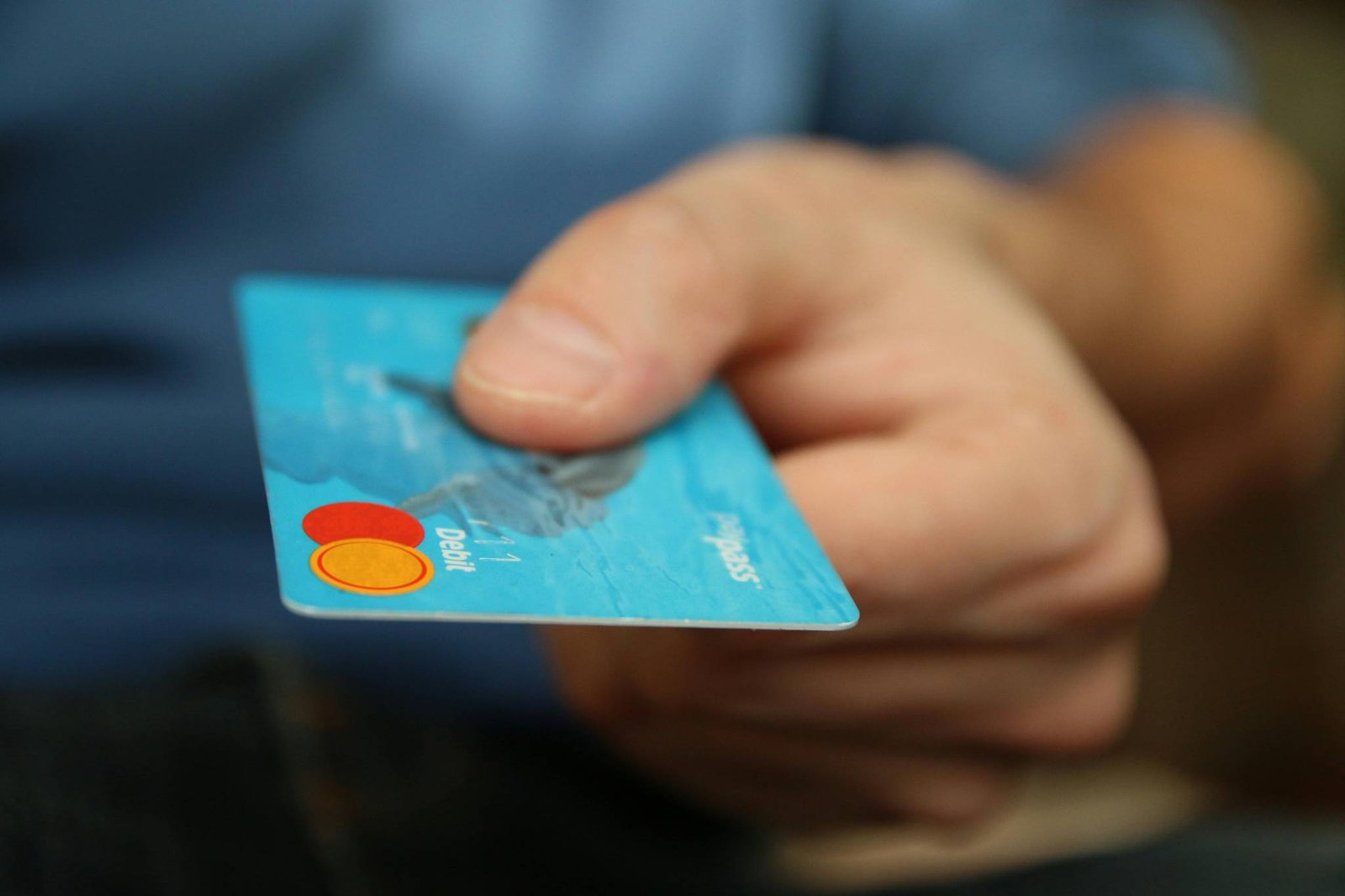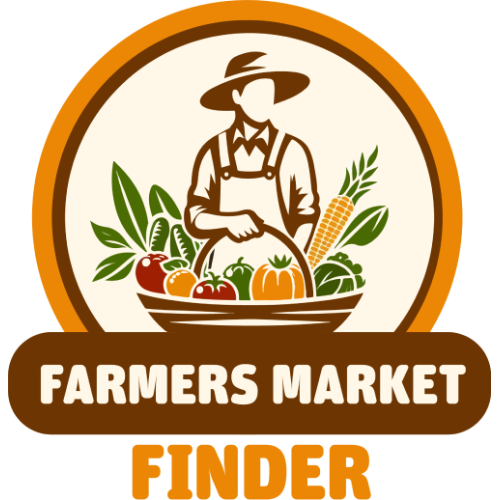
Plastic or Plastic-Free? Navigating Payment Options at Your Farmers Market
As a farmers market shopping expert, I understand the importance of convenient payment options in enhancing the shopping experience. While cash may have once been king at the farmers market, the rise of digital payments and concerns about plastic waste have prompted many markets to explore alternative payment methods. Here’s what you need to know about payment options at your local farmers market:
1. Cash is Still King:
Despite the proliferation of digital payment options, cash remains the most widely accepted form of payment at farmers markets. Many vendors prefer cash transactions due to their simplicity and immediacy, and some may offer discounts for cash purchases. Be sure to bring small bills and change to facilitate transactions and avoid inconveniencing vendors.
2. Digital Payments on the Rise:
With the increasing prevalence of smartphones and mobile payment apps, many farmers markets now accept digital payments, including credit and debit cards, mobile wallets like Apple Pay and Google Pay, and contactless payments. This provides added convenience for shoppers who prefer to pay electronically and may help vendors attract a broader customer base.
3. Electronic Benefits Transfer (EBT):
Farmers markets play a vital role in promoting access to fresh, healthy food for all members of the community, including those receiving government assistance. Many markets participate in the Supplemental Nutrition Assistance Program (SNAP) and accept Electronic Benefits Transfer (EBT) cards, allowing SNAP recipients to purchase eligible food items directly from vendors. Some markets even offer incentive programs that match SNAP benefits, doubling the purchasing power of low-income shoppers.
4. Plastic-Free Initiatives:
In response to growing environmental concerns about single-use plastics, some farmers markets are adopting plastic-free initiatives and encouraging shoppers to reduce their plastic footprint. This may include encouraging shoppers to bring their reusable bags, containers, and utensils, as well as offering incentives for using eco-friendly alternatives. Some markets have even banned the use of plastic bags altogether or charge a fee for their use, encouraging shoppers to embrace more sustainable practices.
5. Community Currency and Bartering:
In some communities, farmers markets may accept alternative forms of currency or offer bartering opportunities as a way to promote local economic resilience and community exchange. This may include community currencies, such as local scrip or tokens, that can be used as a form of payment at participating vendors. Bartering, or trading goods and services directly with vendors, is another traditional form of exchange that fosters community connections and mutual support.
6. Plan Ahead for Payment:
Before heading to the farmers market, check the market’s website or social media channels for information on accepted payment methods and any special programs or incentives available to shoppers. It’s also a good idea to bring a variety of payment options, including cash, cards, and mobile wallets, to ensure you can make purchases regardless of vendor preferences or technical limitations.
7. Supporting Local, Sustainably:
Whether you pay with cash, plastic, or plastic-free alternatives, the most important thing is to support local farmers and artisans while shopping sustainably.
By choosing locally grown and produced goods, reducing your plastic waste, and supporting farmers markets that prioritize environmental stewardship and community engagement, you can make a positive impact on your community and the planet.
